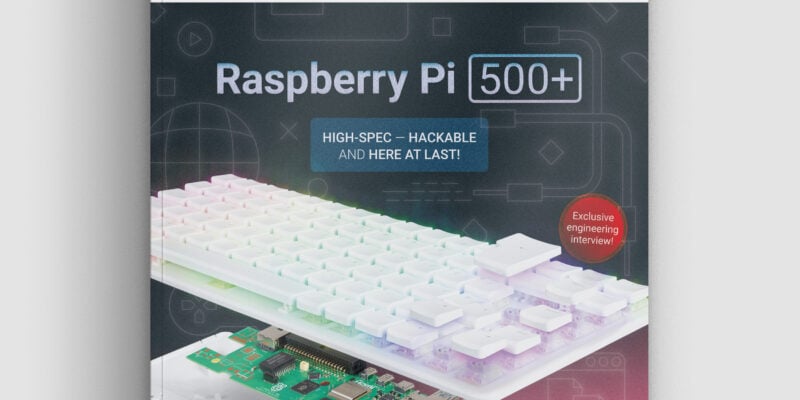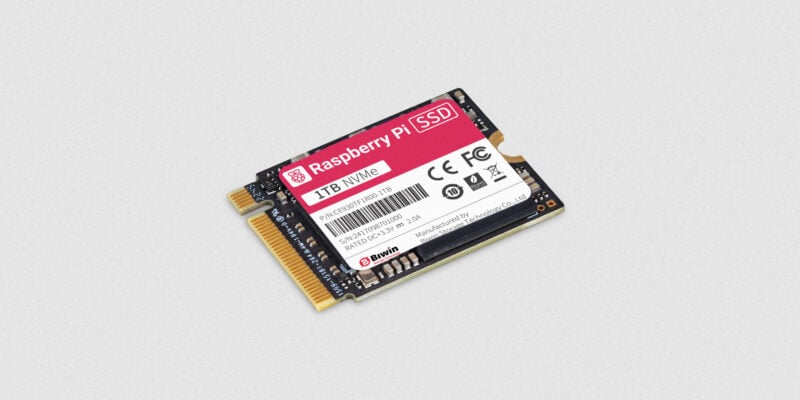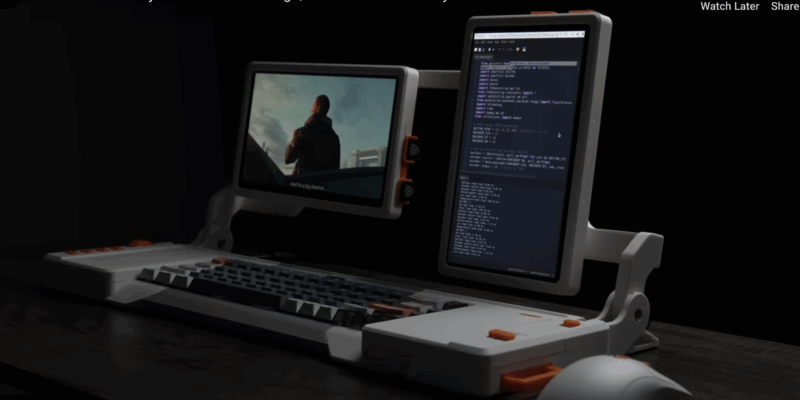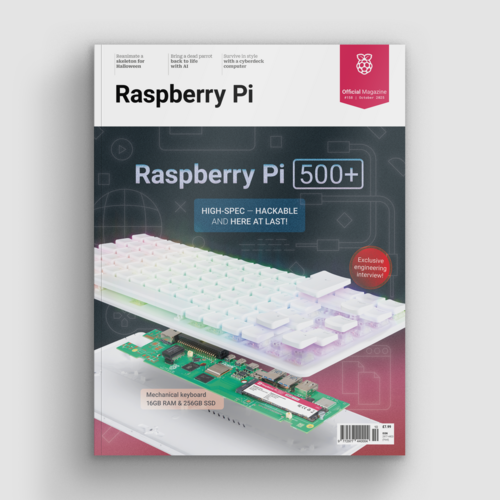Stellina review
By Rob Zwetsloot. Posted

Raspberry Pi has many links with space. From high-altitude balloons carrying teddy bears and stellar photography with Camera Modules to Raspberry Pi computers on the International Space Station running kids code.
Advertisement
The desktop computer you've been waiting for: Raspberry Pi 500+
This is the first time we’ve seen a product that uses a Raspberry Pi for a tracking telescope before – or more accurately, an observation station. See, Stellina (£3,643 / $4,700) isn’t just for getting a better look at the moon or maybe seeing a planet, it’s designed to look into the deep reaches of space and bring you images of nebula and galaxies that you could never see with the naked eye. And it’s all controlled from a smartphone or tablet, which is pretty clever.
Space in your hands
Probably the most unique feature of Stellina is how it’s not only fully controlled from your phone or tablet, but also you get to see what it’s pointing at from your device. No need to peer through a viewfinder if that isn’t your thing, although if it is your thing you may want to look somewhere else.

A Raspberry Pi 3 inside creates a local wireless network that works with a Stellina app for remote viewing and controlling. Because of this control, pointing at an object is incredibly simple: there’s a predetermined list of cosmic destinations you can select from in the app, and Stellina automatically swivels and raises its lens towards it before continuing to track it throughout the night if you so wish. The longer you look at these objects, the better picture you’ll get as the software ‘stacks’ the photos on top of each other to get a clearer image. You can then do some colour correcting of the image when saving it, or even just invert the colours for that very scientific black-on-white look.
Chasing Saturn
We took a Stellina out to a field in the middle of nowhere one evening to give it a proper test and we were pleasantly surprised by the results. Despite having the various planets in our solar system selectable to observe, the real magic occurs when you get it to look at nebula and galaxies. As you might expect, the darker it is the better, and some patience is required if you want to get some truly astonishing sights. Saturn was the first and last target of the evening, with barely a blurry smudge visible just after dusk, and the rings clearly circling it several hours later. Which was quite breathtaking, even if the whirring of the motors as it tracked the planet across the sky was a touch distracting. We feel like that this device is more aimed at folks with a balcony who’d rather be sitting inside while looking at Jupiter or Andromeda – it does claim to filter out light pollution after all. The kind of people who might have a nice balcony to put it on may also be a bit more comfortable with the hefty price tag, which runs quite a lot higher than more traditional telescope/automated tripod systems. The magic here is in the software and ease of use then, although you will be paying a premium for it – however, a much cheaper version is in the works and we’re interested to see how it compares.
Verdict
9/10 While the price is eye-watering, if you really like looking at stuff in space and don’t get out of the city much, you could have a magical time with it.

Rob is amazing. He’s also the Features Editor of Raspberry Pi Official Magazine, a hobbyist maker, cosplayer, comic book writer, and extremely modest.
Subscribe to Raspberry Pi Official Magazine
Save up to 37% off the cover price and get a FREE Raspberry Pi Pico 2 W with a subscription to Raspberry Pi Official Magazine.
More articles

Raspberry Pi 500+ in Raspberry Pi Official Magazine issue 158
We’re quite taken with Raspberry Pi 500+. But when you don’t need all that processing power, and just want a board that will make a plastic skeleton jump around in a terrifying manner, you’ll find Raspberry Pi Pico more than up to the job. There’s more terror in the magazine (which is only right as […]
Read more →

Win one of five Raspberry Pi SSD 1TB
Raspberry Pi prides itself on high quality hardware, and this 1TB Raspberry Pi SSD is no different. You can use it with a standard Raspberry Pi or even in your desktop PC – the choice is yours. We have five to give away and you can enter below Win 1 of 5 Raspberry Pi SSD […]
Read more →

Dual-screen cyberdeck
Twin screens mean you can code on one screen while watching David Bowie’s 1978 Musikladen show on the other.
Read more →
Sign up to the newsletter
Get every issue delivered directly to your inbox and keep up to date with the latest news, offers, events, and more.
